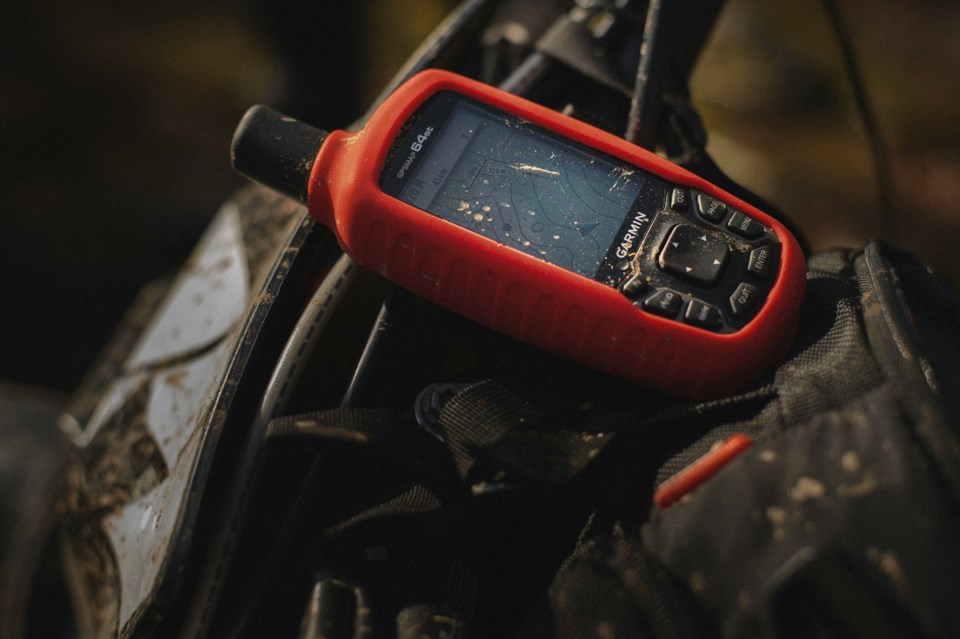Let’s just say I didn’t handle my annoyance very eloquently.
“I just wanted to give the feedback that your new service plan sucks.” That was how I started my recent knee-jerk email response to Garmin.
The company, which, among other things, sells inReach devices that allow you to call for help out of cell service, announced over the summer it would be making changes to its subscriptions. Of course, like every company lately, it wants more money.
In the past, Garmin had the perfect subscription for avid summer hikers—and very occasional backcountry skiers—like me. I paid an annual fee of about $50 on top of a monthly fee (another $22)—but I could suspend the device at no cost any time and reactivate it at no cost any time.
Well, all good things must come to an end. In July, the company sent an email with the title “newer, simpler inReach service plans.” Buried deep down: “Suspend is being replaced by , a low-cost option that keeps your device active to use if you have an emergency.”
To reactive after a deactivation it will cost you $55.
Yes, you can argue that any amount of money is worth it when you’re in a life-or-death situation that requires help from search and rescue (especially if you have kids in the backcountry with you.
But, A) it’s the principle of the matter—how many freaking subscriptions is one person supposed to have?—and B) at this point, why would one (who isn’t in the backcountry every single weekend) not just procure a new iPhone equipped with SOS capabilities and an extra battery pack?
Now, I know there are plenty of people in the Sea to Sky who use their inReach for two-way communication with family and friends, checking weather, and maps, but I am not one of them. And there are others like me who take their device into the backcountry with fingers crossed they’ll never have to press that big, red “help me” button.
I know that because, in response to my email, Garmin wrote “we had a lot of customers asking for an SOS-only plan.” (And then they threw me a bone and said I could keep my current plan until next August, instead of this December.)
“In the long run the enabled plan will make your device more [useful] as you will not have to log into the computer or have an internet connection to change your plan,” the email said. “You can grab it and go.”
Excuse me? I’m more than pleased to log into my account—and that’s even including having to change my password since I definitely will not remember it—to pause my account and save money, but thanks.
But the most insulting part of this whole change is calling an $11-a-month subscription fee a “low-cost” option. I’m not saying $132 a year is going to break the bank for me, but in an era of exorbitant grocery, gas, and housing costs I really don’t feel like handing yet another company another fee for something I’m using less than half the year.
As much as we all complain about busy trails, the outdoors are—or should be—for everyone. That includes low-income people who, ostensibly, should be able to travel in the backcountry safely, which includes some kind of SOS device.
It’s not hard to imagine some people will ditch the device altogether rather than rack up new charges. And while it’s up to individual backcountry users to take care of themselves, having fewer SOS devices out there is bad for everyone.
Any for-profit company’s priority is its bottom line, but somehow it feels like a company that tasks itself with keeping us safe—and on occasion saves lives—should be held to a higher standard.
As for my part, as soon as the snow starts to stick in the alpine, I plan to suspend my service. And should my aging iPhone kick the bucket before spring melt, I think an iPhone 14 with free SOS capability (and a back-up battery pack) for two years is a better option.
At least until Apple starts charging a monthly fee for that, too.




